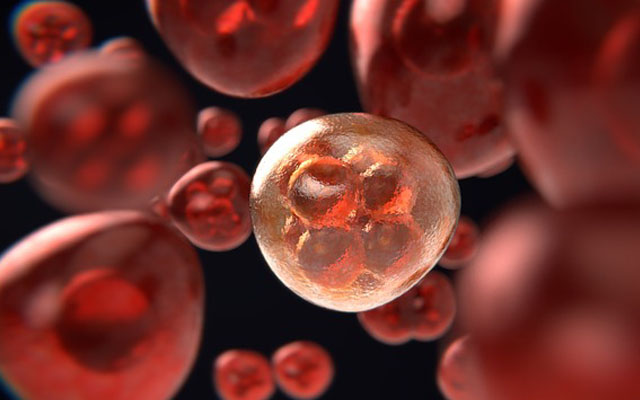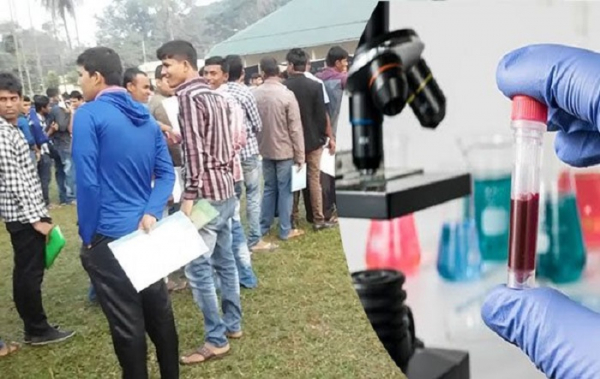Leukemia is a blood cancer, and blood cancers account for about 10% of all new cancer diagnoses each year. Leukemia is also the most common cancer occurring in children and teens, representing about 1 in 3 new cases each year.
And while 5-year survival rates have gone up significantly since 1960, now sitting at about 63.7%, it is still critically important to be aware of the signs and symptoms that indicate the possibility of leukemia.
Like many cancers, leukemia is generally asymptomatic in its early stages. But because blood flows all over your body, blood cancers are prone to spreading quickly. That’s why it is so important to be tuned into your body and to teach your children to communicate about how they’re feeling.
Awareness is one of the best ways to protect your health and that of your family. Stay with us as we describe 7 important signs of leukemia that you cannot afford to ignore. Symptom #5 might strike you as a good thing at first, but is very dangerous in conjunction with some of the other signs. To understand a bit more about what leukemia actually is, we’ll finish up with descriptions of the 4 most common types.
1. Symptoms of Leukemia
Though many types of leukemia aren’t necessarily symptomatic in early stages. It is important to track your overall health to determine whether one or more of these symptoms has popped up in recent months.
Anemia is a condition in which your blood lacks enough healthy red blood cells to carry oxygen throughout the body. As a result, your cells may begin to starve. Symptoms of anemia include fatigue, pale skin, and feeling fluish.
2. Bleeding or Bruising Easily
As a blood cancer, leukemia can affect how much or how easily you bleed. If you find that the smallest bump leaves you bruised or caused tiny spots of blood to appear under the skin, that’s a warning sign.
Leukemia might also cause blood to appear in urine or stool, increase the frequency of nosebleeds, or make your gums bleed while eating or brushing.
3. Susceptibility to Infections. If you were previously able to avoid many seasonal bugs but are now sick more often that you’re healthy, leukemia could be at fault.
It most commonly causes sore throat or bronchial pneumonia, including symptoms like low-grade fever, headache, mouth sores, or skin rash, but any old bug takes hold more easily in a body with cancer.
4. Swollen Lymph Nodes
When caused by leukemia, swollen lymph nodes usually occur in the throat, armpits, or groin. However, lymph nodes also swell in response to common infections and even stress. Alone, swollen lymph nodes do not point directly to leukemia. Track this symptom if you are experiencing any others on our list as well.
5. Loss of appetite and weight
Even though leukemia doesn’t attack your digestive system directly, the associated cancer cells do produce substances that are known to change the way a body metabolizes food.
These toxins may cause a chronic lack of appetite that leads to unintended weight loss.
6. Pain Under the Left Lower Ribs
Some forms of blood cancer irritate and enlarge the spleen, causing painful pressure under the ribs on the lower left side. An enlarged spleen may also press on your stomach, making you feel full even when you haven’t eaten, and contributing to the loss of appetite we mentioned earlier.
7. Night sweats
Night sweats happen when your body temperature rises overnight and sweating is triggered to try and cool it down. You may not notice getting too hot, but you will likely wake up when you become chilled due to drenched pajamas.
There are many causes of night sweats, but in terms of leukemia, they may be triggered by infection or sudden fever.





















